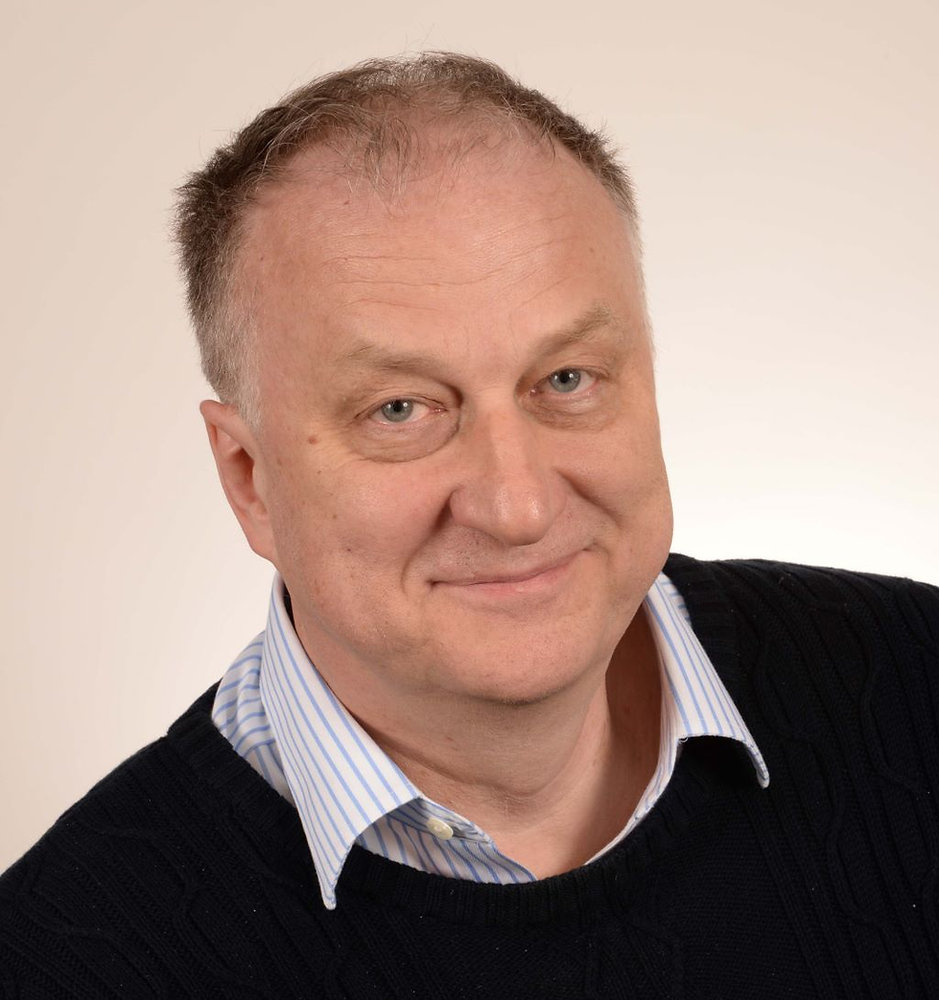The UK will have a new center for pioneering, energy -efficient computer technologies. The UK Multidisciplinary Center for Neuromorfic Computing, led by Aston University, receives £ 5.6 million over four years from the Ukri Engineering and Physical Sciences Research Council (EPSRC).

The center wants to become a central point for networks and cooperation in the field of Fundae research and Technology van Neuromorfe Computing, Speaking of the Sustainability Challenges for today’s digital infrastructure and Artificial intelligence Systems.
The center is led by the Aston Institute of Photonic Technologies (AIPT) and include world-leading researchers from Aston University, the University of Oxford, the University of Cambridge, the University of Southampton, Queen Mary University of London, Laughborough University and the University of Strathclyde.
Neuromorf Computing tries to replicate the structural and functional principles of the brain. Scientists, however, lack a deep insight at system level of how the human brain repentances on cellular and network scales.
The Koellings are intended to tackle those challenge directly by combining Stam-Cel derived human neuron experiments with advanced computer models, low-power algorithms and new photonic hardware.
The center is supported by a wide network of industrial partners, including Microsoft Research, Thales, BT, Qinetiq, Nokia Bell Labs, Hewlett-Packard Labs, Leonardo, Northrop Grumman and various small to medium-sized companies. Their contributions will focus on improving the impact of the center on society.
Professor Rhein ParriCo-director and neurophysiologist at Aston University, said: “For the first time we can combine the study of living human neurons with that of advanced computer platforms to develop the future of computer use.
“This project is an exciting leap forward, learning from biology and technology in ways that were not possible before.”
The experts want to design the brain-inspired neuromorphic systems together by studying the human neuronal function with the help of the newest pluripotent stem cell (HIPSC) technologies and new computational paradigms and low-power Ai Algorithms. They are also planning to make devices and hardware inspired by biological systems, such as the human brain.
You are devices that use light – or photonic hardware – to process information. This approach will be the next big step to make computer use more energy-efficient and to be able to process many tasks at the same time. They also want to create sustainable UK research ecosystem through training, road mapping and international cooperation.
Neuromorf Computing tries to replicate the structural and functional principles of the brain. Scientists, however, lack a deep insight at system level of how the human brain repentances on cellular and network scales.
The center team includes leading researchers with broad and complementary expertise in neuroscience, non-conventional computer algorithms, photonics, opto and nano electronics and material science. In collaboration with policy makers and industrial partners, scientists and engineers want to demonstrate the possibilities of neuromorphic computing in various sectors and applications.
Professor Natalia Berloff, co-director of the center located at the University of Change, said: “One of the must-excitation aspects of Neuromorf Computing is the potential of photonic hardware to deliver really brain-like efficiently.
“On lightly-based processors, mass parallelism and ultras-fast signal pre-planting can explain to surpass conventional electronics on request AI-forshloads, while much less power is consumed. By combining these photonic architectures with insights from living human neurons that go further and in the direction of systems a systemorfic systems Real-transforming computers from Paradigm. “
Moreover, the cooling machines are aimed at tackling the increasing global energy printing print of information and communication technology Artificial intelligence.
Today’s AI systems are built on traditional computer hardware with an amazingly high power consumption (kW), which makes a barrier for scalability and sustainability. On the other hand, the human brain carries out complex calculation and communication tasks with only 20 watts.
The center’s ambition goes beyond technology development. It is intended to serve as a basis for a long -term, interdisciplinary research ecosystem, Activeley that extends its membership and reaches over time.
It wants to establish a sustainable center that will remain a central point for the community and thrive beyond the initial financing flow, strengthened InnovationPartnership and impact in the field of Neuromorf Computing.





